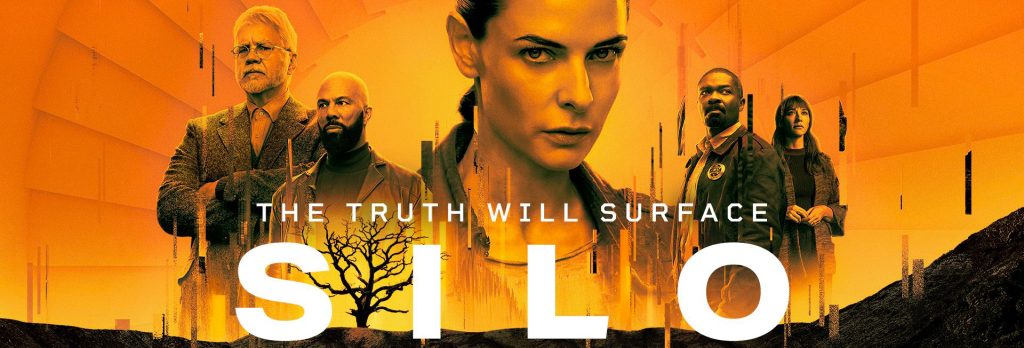
My publisher and I were talking last night about the uncanny habit science has of catching up with developments first mentioned in science fiction. We both agreed that this seems to happen quite often, but after giving it more thought, I’ve changed my mind. I’m not really sure that’s the case. Of the billions of concepts dreamed up each year in the genre, how many become viable? Several thousand? I don’t see prescience there, I see statistical chance.
In fact, science fiction writers (whether it’s TV, film, or literature) tend to mix an odd sort of pessimism and optimism that both miss the mark. The pessimism comes in the form of anti-tech dystopias that foresee the degradation of culture as science progresses. Odd how science-minded dreamers tend to have science-based nightmares, isn’t it? Despite these predictions, I wouldn’t want to live in any prior era, and I’ll bet I’m in the majority.
Their optimism is displayed with a very generous sense of when these advances are going to come about. 1984? 2000? 2001? When I pick up a sci-fi novel full of spaceships and galactic warfare that takes place in the late 21st century, I shake my head and marvel at the predicted pace of development. This isn’t like building the first airplane, or Columbus’s voyage of discovery, people. It’s more like Europeans in the early 16th century saying they’re gonna settle the New World and build the Internet. There’s an entire foundation of discoveries not yet made that stand in the way. Mere gumption and taxes won’t do it.
So science fiction seems to get it wrong on both accounts. They are too pessimistic with their Luddite dystopias (we survived the Cold War despite all their best guesses) and they consistently miss the mark on when these advances will come. Then why the title of this blog post? Why do I think science fiction becomes science fact?
Because of self-fulfilling prophecies. There’s a cultural desire for the future that has our designers looking to fiction for inspiration. The photo above is from the new driverless taxi system at Heathrow airport. It looks like a display straight out of Epcot’s “World of Tomorrow” exhibit. Why? Because designers want it to look like it’s from the future.
Which means that whenever tomorrow gets here (and it’ll certainly be later than any of our most pessimistic guesses), it’s going to look exactly like we thought it would. And we’ll applaud the science fiction dreamers for having such keen insight while missing the truth: it’s the artists, taking character-sketches from their vivid imaginings, that are really designing the future.
Just as we dreamed it.


Leave a Reply